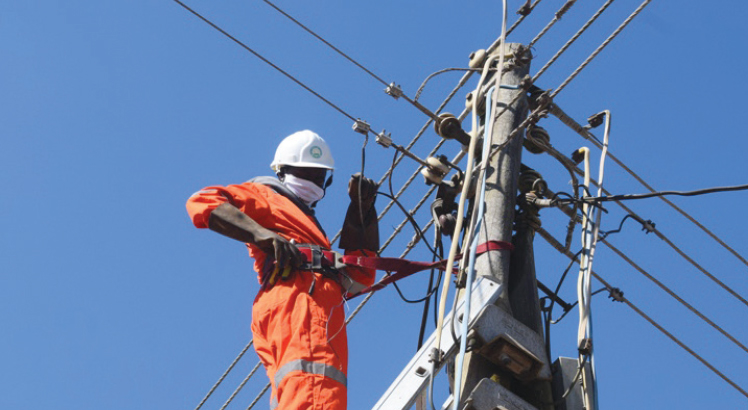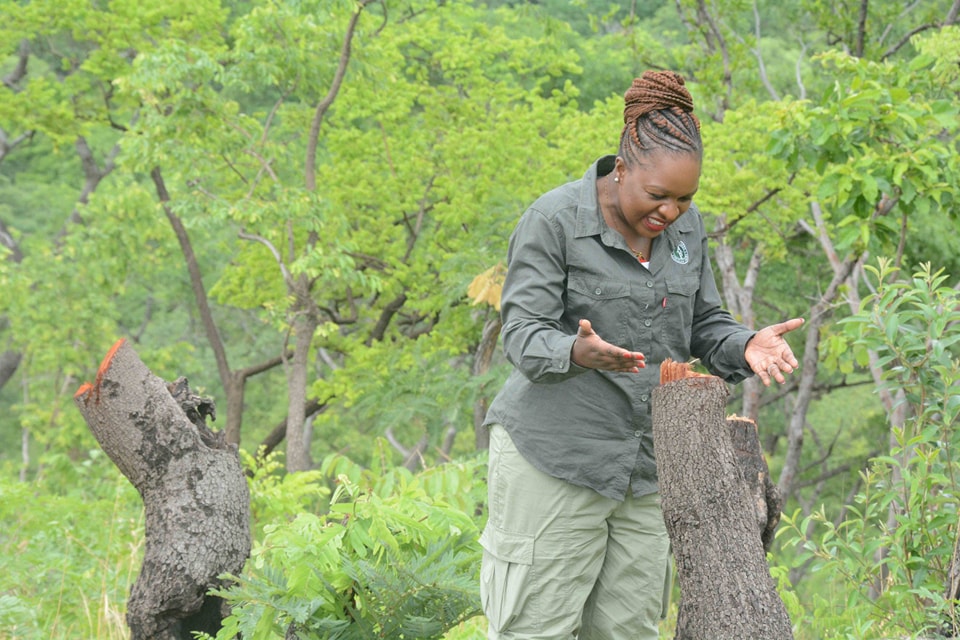Long road to easing transport problems

Roads are unquestionably important to communication. They connect people to markets, people to people and hence facilitate free movement of goods and services thereby prompting trade. Actually, better roads ease and lower transport costs and consequently make goods more competitive.
But as Zuma put it, some of the roads in Malawi are an eye sore.
Actually, the Economic Recovery Plan (ERP) launched last year, notes that poor transport infrastructure continues to impinge on domestic and international trade and therefore, posing a major challenge to economic growth and development.
Apparently, it is beacuse of this reason that transport infrastructure along with Information Communication Technology (ICT) is one of the five pillars under the economic plan.
Thus, under the ERP, government commits to improve infrastructure development programmes focusing on road, rail, and air transportation.
But so far, what has been happening to road projects that stalled for some time?
After stalling for some years, the over 102 km Zomba-Jali-Phalombe-Chitakale road project has taken off and is expected to be completed by June 2014, according to authorities.
The project which was riddled with a number of challenges including funding, shortage of fuel, flooding and vandalism according to the Roads Authority (RA), has now taken off to completion.
Giving a litany of the problems that bedevilled the project, during the tour of the road last week, the authority noted that the original contract price of $57 million was not adequate to complete the works and extra funds had to be sourced to meet the revised total contract price of $117 million.
Last week, while touring the project, the RA noted that the road is 73 percent complete and all 18 bridges and box culverts on the road have been completed except for one bridge near Phalombe. The authority also noted that damages that occurred to it during the four years of suspension have been repaired.
Speaking during the tour, Minister of Transport and Infrastructure Development Mohammed Sidik Mia, acknowledged the challenges but buttressed the importance of the road noting that the area had farming potential.
“Early this year, we found solutions to the problems of this project. We have found resources from our various donors and the government paid arrears of about $22 million. The earthworks and the drainage system are done and what remains now is finalising the road,” said Mia.
Thyolo-Makwasa-Thekerani-Muona-Bangula road that connects Thyolo and Nsanje is another important project that stalled but has now taken off.
The project which is about 82 km long which is funded by Saudi Fund, Kuwait Fund, Badea, Opec Fund and the Malawi government commenced in August 2008 and was suspended in 2009 due to funding constraints.
According to the RA, after a series of negotiations an agreement was reached to restart the project on June 26 2013.
The authority, however, added that the available funds can cover about 39 km to Muona trading centre and government is sourcing more funds to complete the whole project.
An inspection of the project last week indicated that the contractor has commenced with the construction of campsite at Makwasa which will be completed according to authorities by December 25 2013.
According to the RA, about 11 km has been surveyed and about 4 km of bush clearing from Makwasa has been done.
Although the project has taken off, challenges are still there.
According to the authority, several electricity poles are within the road prism and are obstructing construction works and it has since engaged Escom which has promised to submit a quotation.
Visiting the project last week, Mia said that the project has taken long, noting that the approval of the money was made in 2008.
He, however, said the road which connects Nsanje to Thyolo and then to Blantyre is important because people can easily transport their produce, including tea, bananas and other fruits to the commercial city as an alternative route to the Chikhwawa route.
The final leg of last week’s tour, the team which comprised the Minister, the authority and the media, visited Zomba-Blantyre road project.
Commenting on the progress of the project which started in 2012, Mia noted that last year, during the rainy season ,motorists had problems on the road but added the contractor has this year put in place measures to avoid a similar scenario.
He added that the road is one of the roads that has been on the mind of the government for some time and noted that a 45 km stretch has been done.
So far, the three projects have been riddled with challenges but dawn is finally here and soon people will use better roads.





